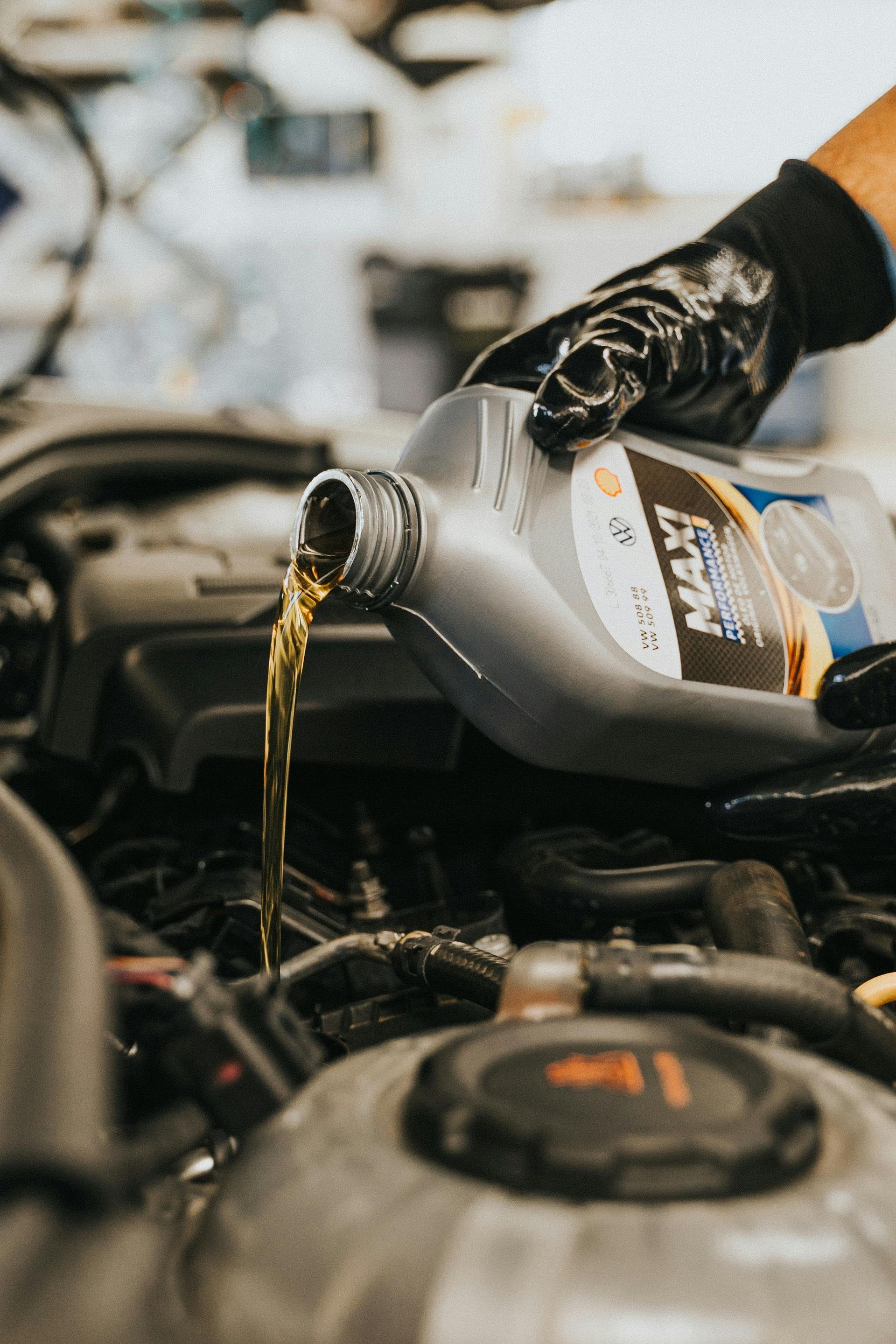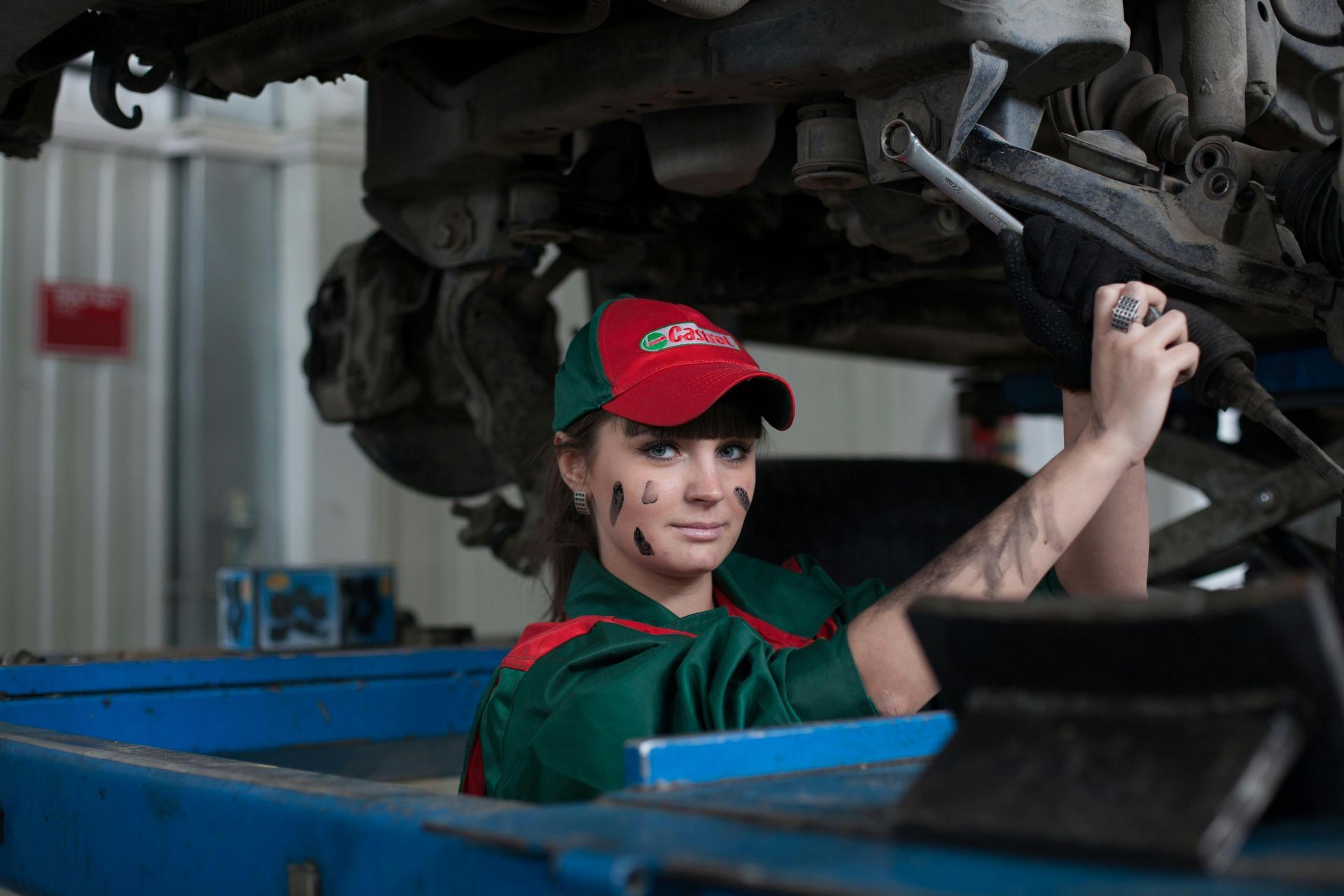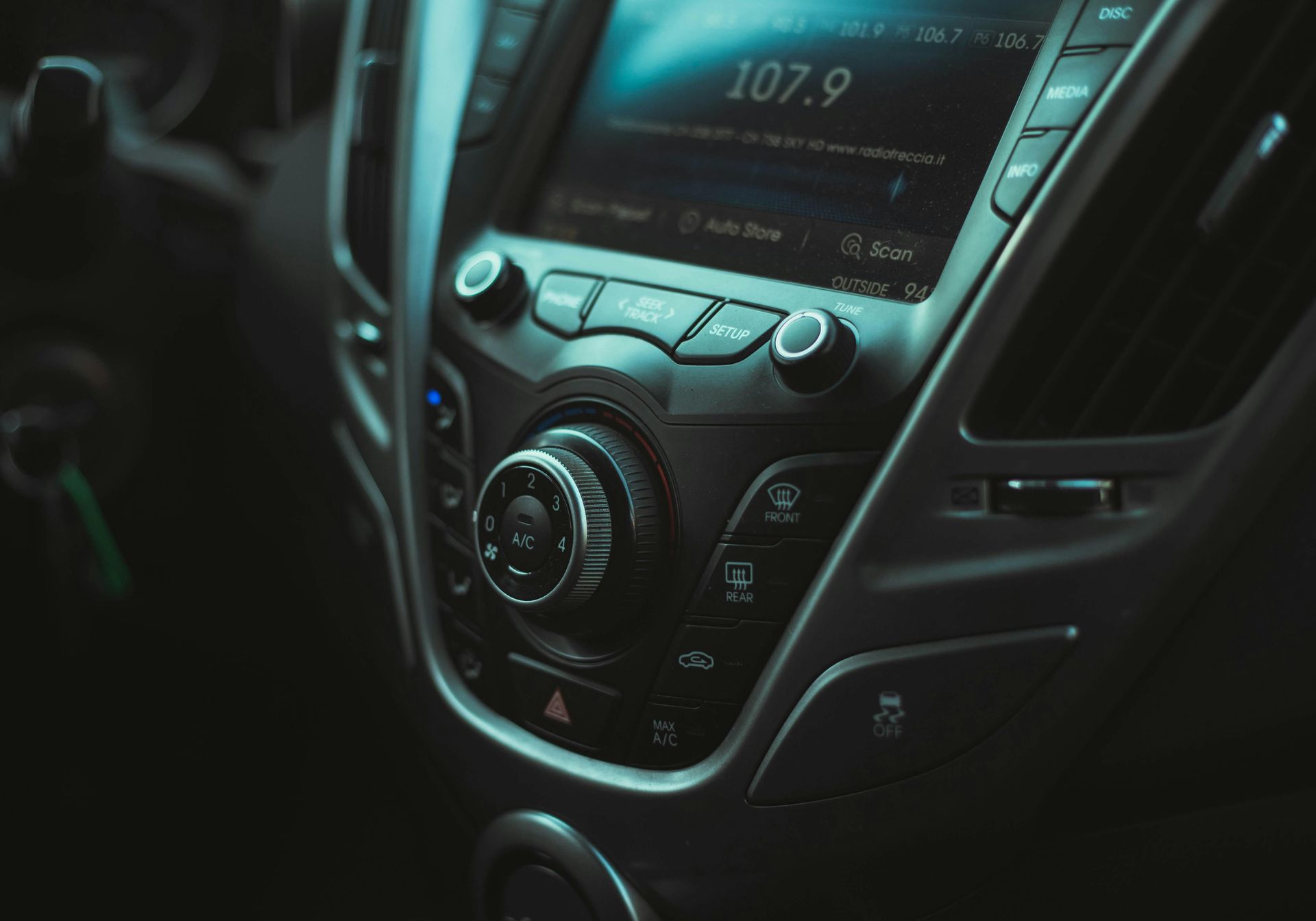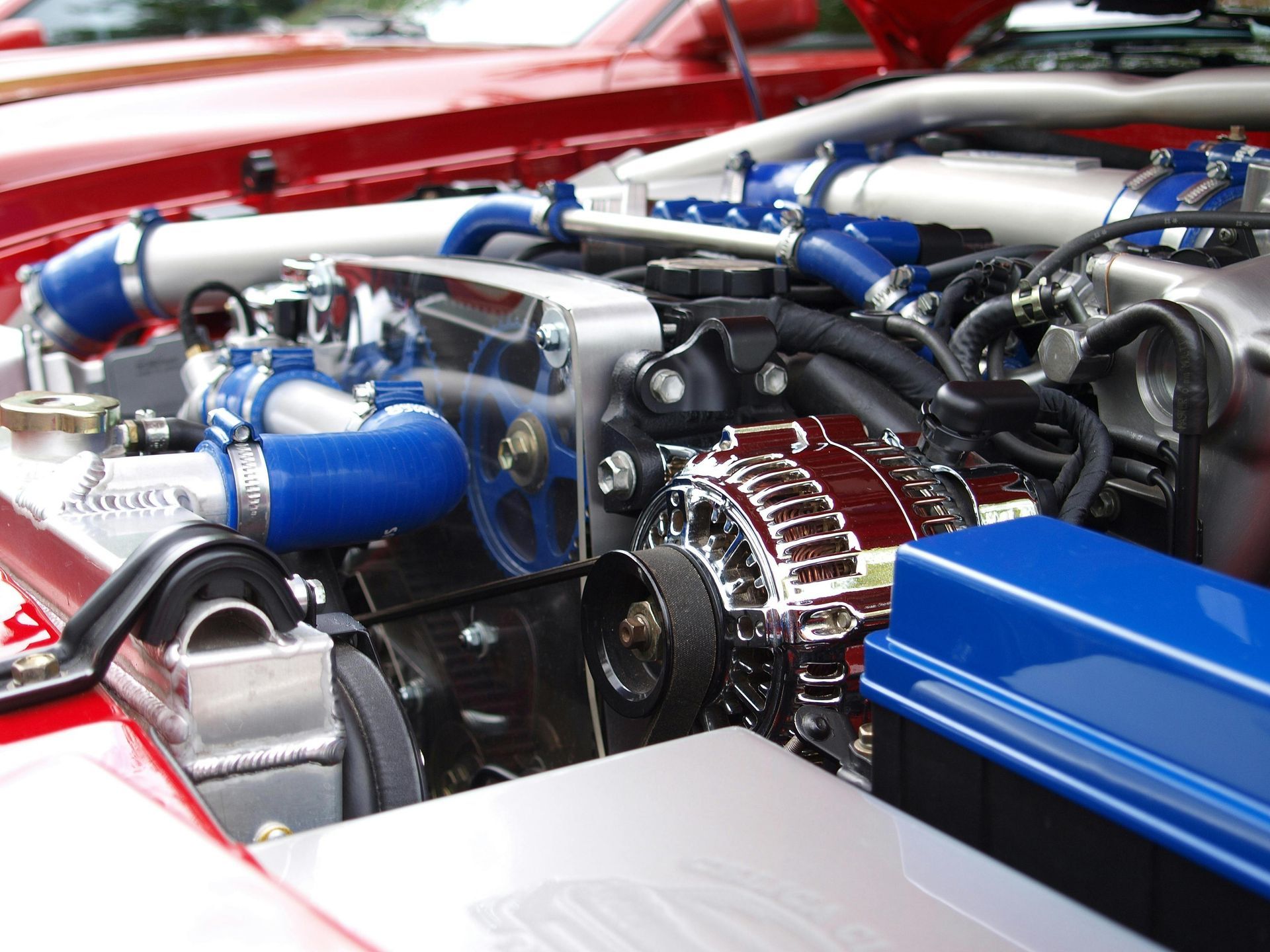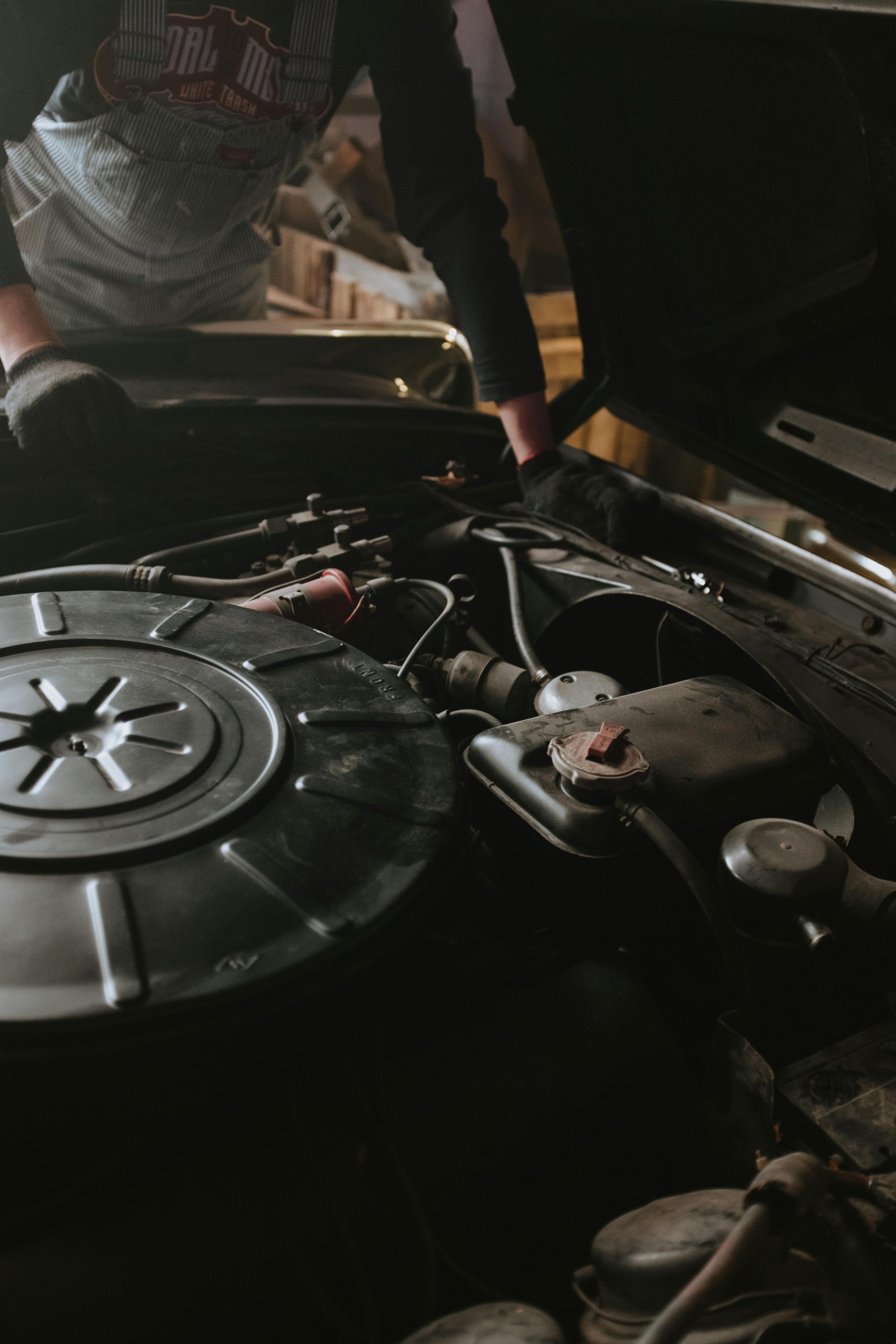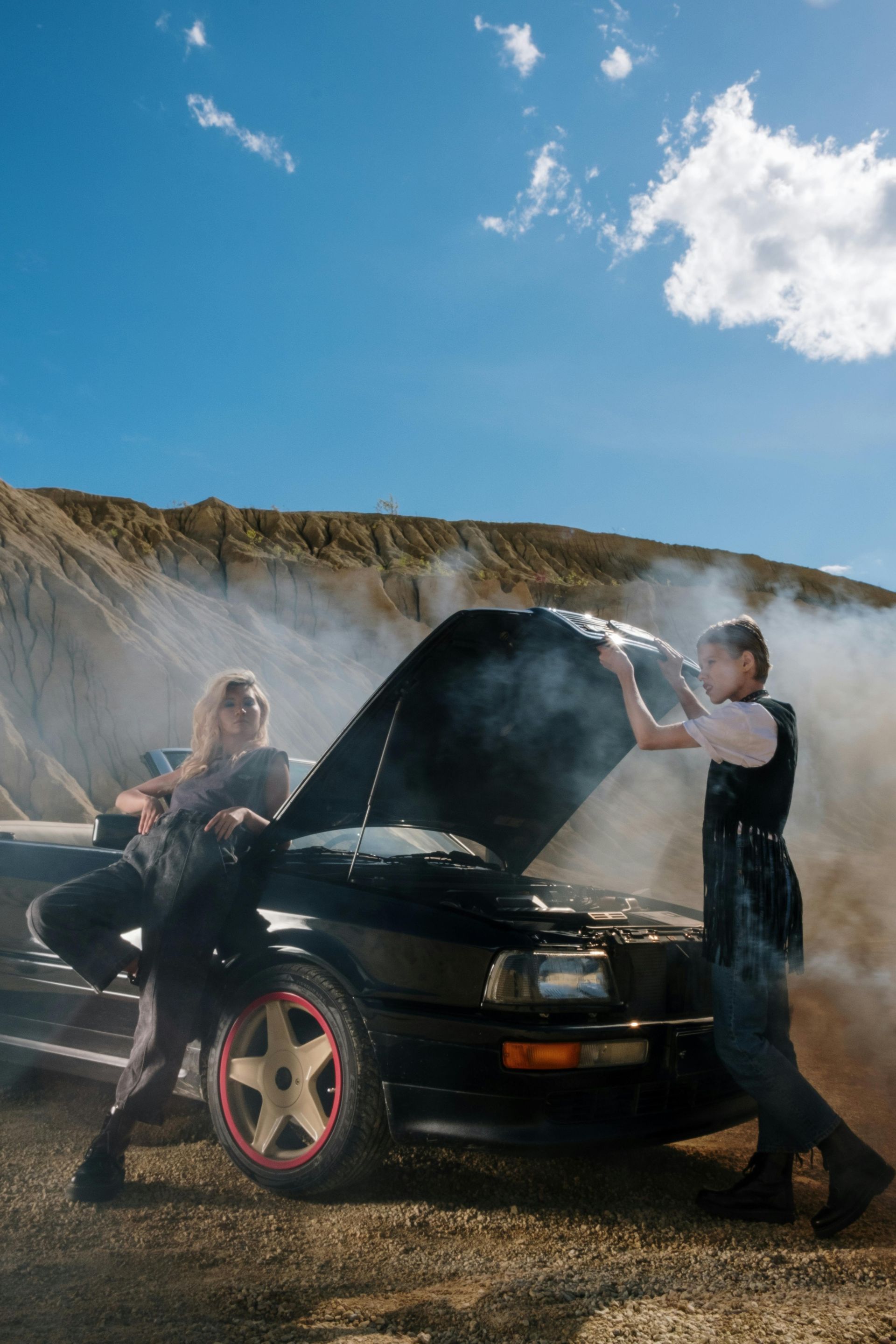5 Warning Signs Your Vehicle's Heating System Needs Repair in Colorado
Colorado winters are no joke. From sudden snowstorms that can hit Colorado Springs overnight to sub-zero temperatures that make the commute down I-25 miserable, your vehicle's heating system isn't just about comfort – it's essential for safety. A properly working heater keeps your windows clear of fog and ice, preventing dangerous visibility issues on mountain roads and city streets alike.
Many drivers don't think about their heating system until it fails on the coldest day of the year. By then, you might face expensive emergency repairs or find yourself stuck waiting days for service during peak winter demand. Recognizing the early warning signs can save you money and keep you safe during Colorado's harsh winter months.
Here are five critical signs that your car's heating system needs professional attention before winter weather arrives in the Pikes Peak region.
1. Weak or No Heat Coming from Vents
The most obvious sign of heating problems is when your vents blow cool or lukewarm air instead of hot air. This issue becomes particularly noticeable during Colorado Springs' cold mornings when temperatures can drop into the teens or below.
What It Means: Several problems can cause weak heat. Your heater core might be clogged with debris, coolant levels could be low, or there might be air trapped in the cooling system. In Colorado's dusty climate, debris can accumulate in the system faster than in other regions.
Why It's Serious: Without adequate heat, your windshield won't defrost properly. This creates dangerous driving conditions on routes like Highway 24 up to Woodland Park or when traveling through Garden of the Gods during foggy mornings.
What to Do: Don't wait for the problem to get worse. Low heat often indicates cooling system issues that can lead to engine overheating, even in cold weather.
2. Strange Smells When Using the Heater
Unusual odors coming from your vents when you turn on the heat are red flags that shouldn't be ignored. Different smells indicate different problems, and some can be dangerous to your health.
Sweet Smell: A sweet, syrupy odor usually means coolant is leaking into the cabin through a damaged heater core. This is particularly common in older vehicles that have endured multiple Colorado freeze-thaw cycles.
Burning Smell: A burning odor could indicate electrical problems, a clogged cabin air filter, or debris burning off heating elements. Colorado's dry conditions and wildfire seasons can introduce extra debris into ventilation systems.
Musty or Moldy Smell: This often points to moisture buildup in the system or a dirty cabin air filter. Colorado's low humidity can make these smells more noticeable when they occur.
Health Risk: Sweet-smelling coolant fumes contain ethylene glycol, which is toxic. If you smell coolant inside your vehicle, get it serviced immediately and drive with windows cracked for ventilation.
3. Unusual Noises from the Heating System
Your heating system should operate quietly. Strange noises when you turn on the heat or adjust fan speeds indicate mechanical problems that will likely get worse over time.
Squealing or Screeching: These high-pitched sounds often come from a worn blower motor or loose belts. Colorado's temperature extremes can cause belts to crack and motors to wear out faster.
Clicking or Ticking: These sounds might indicate problems with blend doors or actuators that control airflow. Temperature swings in the Colorado Springs area can cause these plastic components to become brittle and fail.
Grinding or Rumbling: Deep, rough sounds usually point to blower motor bearing problems or debris caught in the fan. Mountain driving can introduce extra dust and debris into ventilation systems.
Banging or Knocking: Loud impacts might indicate loose or broken components in the heating system that could cause more damage if not repaired quickly.
4. Inconsistent Temperature Control
If your heating system can't maintain consistent temperatures or if the temperature fluctuates unexpectedly, you likely have control system problems or airflow issues.
Symptoms to Watch For:
- Heat that works intermittently
- Temperature that changes when you accelerate or brake
- Some vents blowing hot air while others blow cold
- Controls that don't respond properly when adjusted
Colorado-Specific Issues: The altitude changes around Colorado Springs can affect how heating systems operate. What works fine at 6,000 feet might not work properly when you drive up to Pikes Peak at 14,000+ feet.
Common Causes: Thermostat problems, blend door issues, low coolant levels, or clogged heater cores can all cause inconsistent heating. These problems often develop gradually, making them easy to ignore until they become serious.
5. Fogged Windows That Won't Clear
Your heating system does more than warm the cabin – it also removes moisture from the air to keep windows clear. If your windows fog up and won't clear even with the defroster running, your heating system isn't working properly.
Why It Happens: The heater core and ventilation system remove humidity from incoming air. When this system fails, moisture builds up inside your vehicle, causing persistent fogging.
Safety Concerns: Fogged windows are extremely dangerous, especially on winding mountain roads or during Colorado Springs' frequent weather changes. Poor visibility contributes to many winter accidents.
Colorado Challenges: Our state's rapid weather changes – from sunny to snowy in minutes – make clear windows essential. You need a heating system that can quickly adapt to changing conditions.
Related Problems: Persistent window fogging often indicates coolant leaks, clogged cabin air filters, or moisture entering the vehicle through damaged seals.
Don't Wait for Complete Failure
Heating system problems rarely happen suddenly. Usually, you'll notice one or more of these warning signs weeks or months before complete failure. Addressing issues early can:
- Save money on repairs
- Prevent more serious engine problems
- Ensure your safety during winter driving
- Avoid emergency service calls during peak winter demand
The Colorado Springs Advantage: Professional Service
Colorado's unique climate demands heating systems that can handle extreme temperature swings, high altitude, and dusty conditions. Generic repairs might not account for these local challenges.
Professional service includes:
- Testing system performance at various temperatures
- Checking coolant mixture for altitude and temperature conditions
- Inspecting components for wear caused by Colorado's climate
- Using parts designed for high-altitude, extreme-weather operation
Regular heating system maintenance should include coolant system flushes, cabin air filter replacement, and component inspections. Most experts recommend annual heating system checks before winter arrives.
Keep Your Heat Working This Winter
Don't let heating system problems leave you shivering in Colorado's cold or struggling with fogged windows on dangerous mountain roads. At Action Automotive Service, our experienced technicians specialize in heating and cooling system repair for all domestic and foreign vehicles.
We know how Colorado's climate affects vehicle systems, and we use manufacturer-quality parts designed to handle our state's challenging conditions. From heater core replacement to simple coolant flushes, we'll make sure your heating system keeps you warm and safe all winter long.
Experiencing heating problems? Don't wait until the first blizzard hits Colorado Springs. Call Action Automotive Service at (719) 633-0008 or book your appointment online today. Located at 3335 Fillmore Ridge Heights, we're proud to offer 10% military discounts and convenient service options to keep you comfortable on the road.
